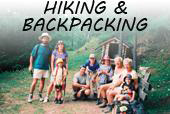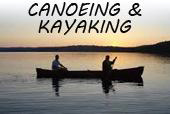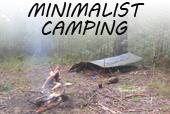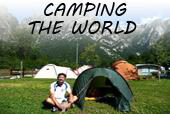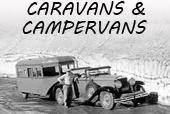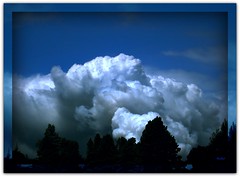
On the map Colorado may look like nothing more than a rectangular state. However, encompassed by those four borders are some of this country’s most breathtaking National Parks, monuments, and wildlife preserves. More than one-third of the state’s land is federally owned. Below is a list of all the protected federal lands that are considered part of the National Parks of Colorado.
* Arapaho National Recreation Area
* Bent’s Old Fort National Historic Site
* Black Canyon of the Gunnison National Park
* Canyons of the Ancients National Monument
* Colorado National Monument
* Curecanti National Recreation Area
* Dinosaur National Monument
* Florissant Fossil Beds National Monument
* Great Sand Dunes National Park and Preserve
* Hovenweep National Monument
* Mesa Verde National Park and UNESCO World Heritage Site
* Rocky Mountain National Park
* Sand Creek Massacre National Historic Site
* Yucca House National Monument
The four main National Parks are Black Canyon of the Gunnison, Great Sand Dunes, Mesa Verde, and of course, Rocky Mountain National Park.
Black Canyon of the Gunnison is located in western Colorado and is one of the more recent additions to the National Parks System. Although the area has been recognized as a National Monument since 1933, it wasn’t until 1999 that it became a National Park.
The park gets its name from the river that traverses the terrain. One of the steepest river descents in North America, the Gunnison River, boasts a 95 feet per mile drop in elevation. As the river cuts a narrow path through the mountains, it leaves an impressive narrow canyon. Each year visitors to the park are lured by the scenic south rim, the challenging rock climbing at “The Black” and roaring class IV rapids in the river itself.
Home to ancient ruins of a lost civilization of the Pueblo people, Mesa Verde National Park occupies over 80 square miles of Montezuma County. The park was established in 1906, and ever since visitors have flocked to the park to view its most famous landmark, Cliff’s Palace. Aside from the cliff dwellings and ruins, there are wonderful hiking trails and campgrounds.
Rocky Mountain National Park, established in 1915, is surrounded by three National forests. Northwest of the city of Boulder and accessible by State highways 34, 36 and 7, the park is exceptionally diverse in wildlife, geology, and climate. The most notable feature of the park is that it lies across the Continental Divide. The variability of the weather prevents some sections of the park from being open year-round. However, there are numerous lakes and rivers for fishing, trails for hiking, and rocks for scaling in most seasons. Hiking and backpacking are the main attraction for most visitors to the park. In the winter months, cross-country skiing is popular.
The Great Sand Dunes National Park and Preserve has only been recognized as a National Park since 2004. This ensures that the Dunes, a significant part of the local ecosystem, will be protected from misuse by park visitors. The sand dunes are the results of siltation deposits left behind by the Rio Grande. The Dunes themselves are more than 750 feet high, and are constantly growing. Hiking is permitted in the area, but visitors are not permitted to engage in off-road activities on the dunes themselves.






